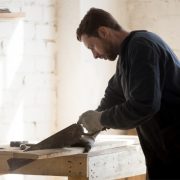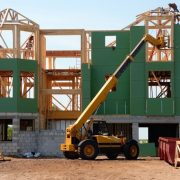How To Restore Your Old Home
Restoring an old house is one of the greatest projects a person can undertake. It will be both time consuming, and a delightful project to which you can devote your attention. So, make sure that you do take the time to enjoy the process as you create the home of your dreams.
Assess the Current Situation
The first step is going to be the planning phase, of course. This means getting an assessment of what needs to be done – what condition the house is in, how much needs to be thrown out and how much can still be used. It is economical to use as much of the materials as you can rather than buying everything new, which would not make sense, since you are working with an old home to begin with.
You might decide to stay with the existing design or completely overhaul it and create more space for yourself, such as raising it and putting in another level. Once you have assessed the situation, and spoken with the professionals who are going to help you get there, you should end up with a figure of how much it is going to cost. Be mindful that there may be permits that are needed, which must be factored into your costs.
Do the Big Work First
Once you have your plan, start with the big work first. If you are having your home raised, or getting the foundations repaired, this is the time to do it, before you do any of the smaller work. If you are replacing the roof, doors, windows or structural parts of the house, this needs to come before renovating the bathrooms and kitchen, plumbing, painting and landscaping. If you aren’t sure about how to raise your house, give the team at Black and White Houseraising and Restumping a call.
Clear Away the Rubbish
When all the big work is done, you can clear away whatever you don’t need anymore and have your house as you want it to be, minus a few bells and whistles. It is good to hire a skip or shipping container to relocate all of the rubbish to where it needs to go, which will save you money eventually.
Renovate the Bathrooms and Kitchen
After all the rest is done, now you can do the fun part of choosing new fixtures for the bathroom, tiling, installing the new kitchen and taking care of all the other bits and pieces. You would not want to do any of this work before doing the major work, because you may just be wasting time if something needs changing after the fact.
Plumbing and Landscaping
When you have everything where you want it to be and you are almost finished, you will likely need to have the plumbing done by a professional plumber to ensure that all the pipes connect up together where they are supposed to join. Then once that’s done, you can landscape the garden and create a space where you can sit outside and enjoy looking at your beautiful house!




